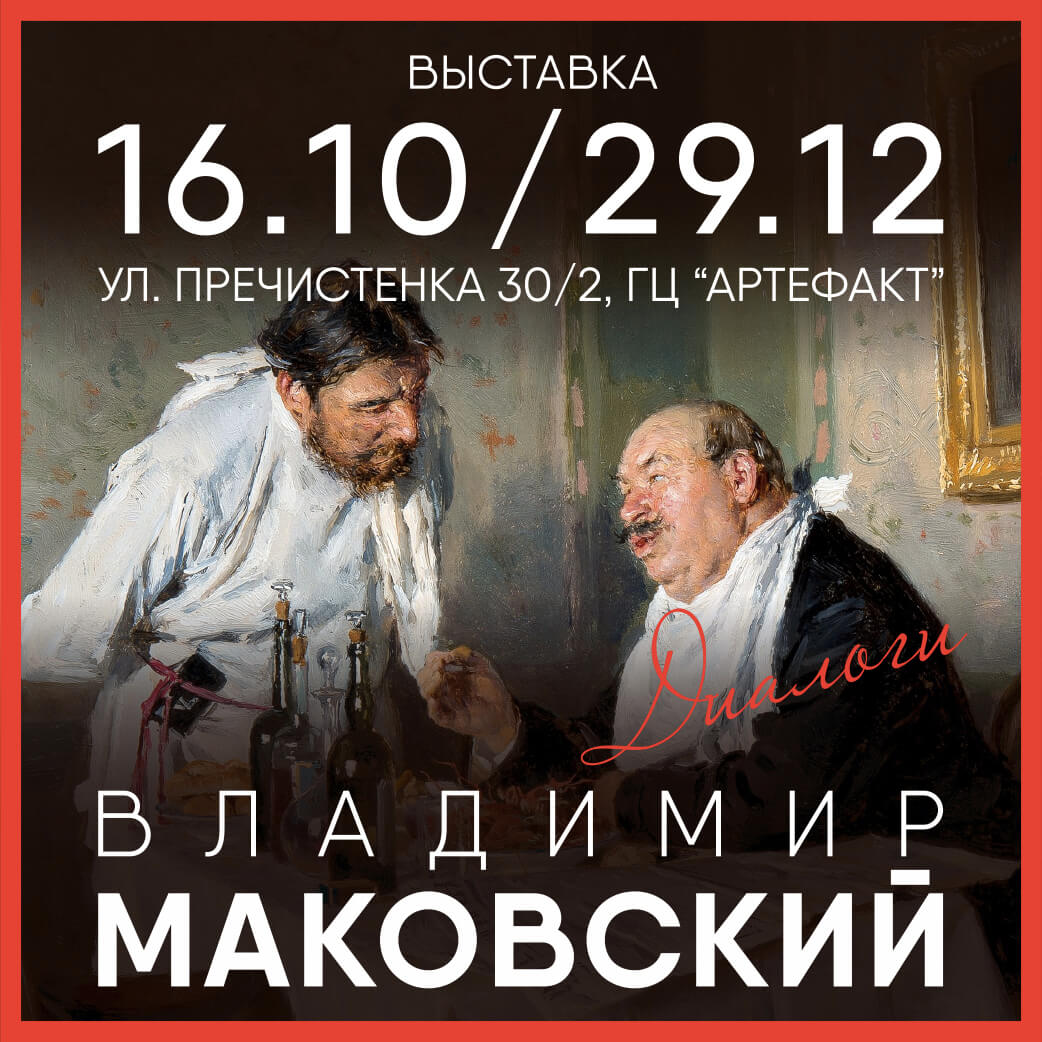"Dream of Italy. Collection of the Marquis Campana"
Joint exhibition of the Hermitage and the Louvre Museum opened in the Manege of the Small Hermitage till 20 Oct 2019
@now;
View this post in Instagram
@now;
Due to the unique collaboration of two of the world's museums, the exhibition for the first time in 160 years will present the most outstanding works of art that once made up the Museum Campana.
the Collection of Giovanni Pietro Campana Marquis di Cavelli (1809-1880) was considered one of the most significant private collections of the nineteenth century. It stood out large and as part of her exhibits — antique vases, bronze items, including weapons, antique and Renaissance sculpture, painting — only about 12 000 artifacts, many of which without exaggeration can be attributed to the masterpieces.
Following the tradition of aristocratic Roman families, Giovanni Pietro Campana multiplied modest collection of works of art of antiquity, bequeathed to him by his father and grandfather. Since the end of 1820-х before 1850-х years Marquis has conducted a number of archaeological excavations in Rome, of Lazio and of the Etruscan cities of Veii and Cerveteri, where he was lucky enough to discover many items, which later became masterpieces of his collection. These discoveries allowed him to take a prominent place in the history of Italian archeology of the XIX century. Not limited to acquisitions made during the excavations of the Campanian actively buying art, antiquities and antique markets, both personally and through a wide network of agents working for him from Etruria to Sicily.
the Collection of the Marquis Campana, called the Museum, thanks to its encyclopedic diversity and abundance, have been developed for more than thirty years, which coincided with the movement for the liberation of Italy from foreign domination and its unification — Risorgimento, became a symbol of national cultural heritage of Italy.
the Name of the Campana became widely known in scientific circles, the Museum wanted to visitcollectors, aristocrats, professionals and art lovers. However, in November 1857, Giovanni Pietro Campana, which since 1833 was appointed Director of the key financial institutions of the Papal States, loan cash Monte-ди-Пьета in Rome, was charged with embezzlement. His art collection was confiscated and put up for sale in 1861 for damages.
Part of the Campana collection was acquired by the Emperor Alexander II for the Hermitage, enriching its collection of masterpieces of ancient art, came here "565 vases, bronzes 139, 1 jewelry and 77 marbles" and the frescoes of Raphael's school. A significant part of the collection was sold to Napoleon III in 1863 transferred to the Louvre Museum. Works from the collection of the Marquis also joined the collection of the British Museum and the Victoria and albert Museum in London. The rest were scattered among private collectors.
the exhibition Opens with the artifacts found by the Marquis during the excavations, which he organized in Etruria and Rome, revealing the identity of Giampietro Campana as an archaeologist, showing the sources of his collection of antiquities.
the exhibition gives an idea of the composition of the collection of the Marquis Campana. Works of art located in sections in accordance with their description in the catalog of the collection "Cataloghi Campana," published in 1858. According to this publication, the meeting was divided into twelve classes: eight were United by the art of antiquity, and the remaining four included painting, majolica and sculpture from the Renaissance to the modern era.
Along with masterpieces of the Hermitage collection — famous collection of vases and sculptures including the world famous Antiques — hydria "Queen of vases", bust of antinoos, the lid of a funerary urn in the form of a reclining bronze boys statue of Aphrodite with Eros, the Louvre Museum presents such well-known works as the Etruscan sarcophagus of the spouses, the Campana reliefs, a fragment of the Ara Pacis, Etruscan jewelry, paintings Tadeo Gadi, Paolo Veneziano, Domenico Ghirlandaio.
the Most vivid picture of the Campana Museum gives created based on historical photographs of the reconstruction of one of the halls of the Museum Campana — Eksedry, where it was exhibited five antique statues with the bust of Anthony, in the center.
Completes the exposition section devoted to the sale of the collection of the Marquis Campana, and its fate within the walls of the Hermitage and the Louvre.
the Curators of the exhibition:
from the State Hermitage: Anna Alexeevna Trofimova, head of antiquity Department, PhD; Elena Nikolaevna Dmitrieva with-куратор, Junior researcher of the Department of the Ancient world, PhD@the semicolon from the Louvre Museum: françoise Gauthier, head of the Department of Greek, Etruscan and Roman antiquities; Laurent Messer, curator of the Department of Greek, Etruscan and Roman antiquities.
Source: hermitagemuseum.org
Permanent link to:
https://artinvestment.ru/en/news/exhibitions/20190730_Hermitage_Kampana_collection.html
https://artinvestment.ru/news/exhibitions/20190730_Hermitage_Kampana_collection.html
© artinvestment.ru, 2024
Attention! All materials of the site and database of auction results ARTinvestment.RU, including illustrated reference information about the works sold at auctions, are intended for use exclusively for informational, scientific, educational and cultural purposes in accordance with Art. 1274 of the Civil Code. Use for commercial purposes or in violation of the rules established by the Civil Code of the Russian Federation is not allowed. ARTinvestment.RU is not responsible for the content of materials submitted by third parties. In case of violation of the rights of third parties, the site administration reserves the right to remove them from the site and from the database on the basis of an application from an authorized body.


